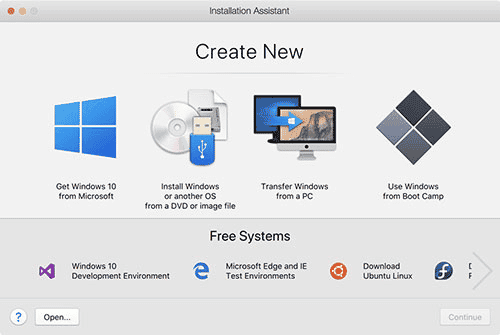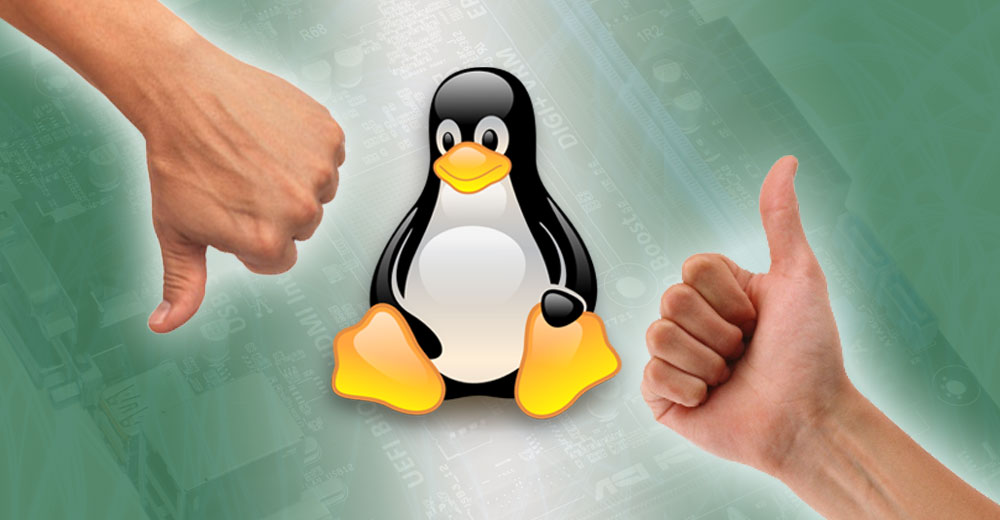Virtualization, also known as virtual machine technology or simply VM tech, is the practice of running various operating systems and applications within the same computer. This allows enterprises to run many different types of software at the same time on the same physical computer while protecting specific data and operating system settings. Virtualization also reduces operational costs by automating routine tasks like software installation, maintenance, and update management. In this blog post, we will explore the benefits of virtualizing your workloads as well as go over some common questions about virtual machines: What are virtual machines? How do they work? What are their benefits? And more.
What Are Virtual Machines?
Virtual machines are software implementations of hardware components that can be run on top of a computer’s existing hardware. A virtual machine is essentially a piece of software that runs on a computer’s hardware, just like a regular program runs in a computer’s hardware. There are several types of virtual machines that are used in enterprise environments: Qubes-based virtual machines, DryOS-based virtual machines, Xen-based virtual machines, and LXC-based virtual machines. All of these are discussed in detail below. Qubes-based virtual machines are based on the Xen hypervisor. The Xen hypervisor is used to create a host computer that can support multiple guests.
The host computer contains the hardware components that are the same as the components found in the guest computers. While Qubes-based virtual machines can run an operating system based on Linux, they are more commonly used with the open source operating system called DryOS. DryOS-based virtual machines are based on a lightweight operating system called DryOS. The DryOS operating system is a lightweight operating system that has a small memory footprint, making it ideal for running applications in a virtual machine.
Because DryOS has a small memory footprint, it is ideal for running high-frequency trading financial applications because such applications tend to have a large memory footprint. Xen-based virtual machines are based on the Xen hypervisor. Xen is an open source hypervisor that allows server hardware to support multiple virtual machines. Xen is used in environments where many virtual machines may run on the same hardware, such as data centers. LXC-based virtual machines are based on the Linux container concept.
Linux containers are lightweight processes that run in isolation on the host computer. Each Linux container has its own isolation, which makes them ideal for running applications that require high isolation, such as stock trading and financial applications.

How Virtual Machine Technology Works?
Virtual machine technology allows you to run different operating systems within the same computer. When you create a virtual machine, you are running a copy of the operating system on the computer. The virtual machine then connects to the virtualization software, which acts as a bridge between the virtual machine and the virtualization host. The virtualization software can connect to the virtualization host through a virtualization infrastructure such as a cloud service. The virtualization software then runs the virtual machine on the virtualization host. The virtualization software can create as many virtual machines as you need and connect them to the virtualization host. The virtualization software can also be used to configure and manage the virtual machines.
Advantages of virtual machines
There are many advantages to using virtual machines, including greater flexibility and agility, cost reduction, and ease of management. For example, virtual machines allow you to move your workloads around without having to worry about the operational costs of managing new hardware. Virtual machine technology also has the advantage of being able to scale horizontally with increased resources without adjusting the virtual machines. This means that if you need more resources, you can scale up without having to adjust your virtual machines. Another advantage of virtual machine technology is that it offers greater security than other types of cloud infrastructure. This is because the virtual machines that make up your cloud infrastructure are protected by the virtualization software, which prevents outsiders from accessing them.
Disadvantages of virtual machines
Virtual machine technology also has some disadvantages, including complexity and the need for more hardware resources. Virtual machines can also be complicated to manage, which can be an issue if they fail. Virtual machines also come with a significant amount of overhead, meaning that they use more system resources than a physical machine. While this may not be an issue for some companies, it could result in a performance issue for others.
Differing Types of Virtual Machines
Virtual machines differ based on their intended use. The VM types worth noting include: – Dedicated servers: These are virtual machines for running applications that require high resource utilization, such as high-frequency trading financial applications. – Cloud infrastructure: These are virtual machines that can be used to create a cloud infrastructure. Cloud infrastructures are made up of a combination of virtual machines and cloud resources, such as data storage, servers, and networking equipment. – Containers: These are lightweight processes that run in isolation on the host computer. Each container has its own isolation, which makes them ideal for running applications that require high isolation, such as high-frequency trading financial applications. – Virtual networks: Virtual networks are used to create a network on a virtual machine. This allows virtual machines to communicate with one another, just like they would on a physical network.
Conclusion
Virtual machines are a key component of modern cloud-based technology. However, many people are unfamiliar with virtual machine technology. In this blog post, we’ll go over the benefits of virtual machine technology and cover the different types of virtual machines. We’ll also talk about how they work and how they can benefit your organization.
Article Code: BD229JUP




